This post may contain affiliate links. If you make a purchase by clicking on these links, I may earn a small commission at no extra cost to you. Read the disclaimer for more information.
A journey to Southeast Asia isn’t just about tasting delicious food, exploring fantastic natural landscapes or lounging on beautiful beaches. On top of all that, the region is home to some of the most interesting archaeological sites in the world. With many surrounded by the jungle, a trip to some of the fantastic sites of Cambodia and Vietnam is the perfect excuse to embrace your inner Indiana Jones and get exploring. Here are five of the best.
1. The Temples of Angkor, Siem Reap, Cambodia
We may as well kick things off with the most famous archaeological site not just in Cambodia, but in the world. This sprawling site was once a huge city, capital of the Khmer kingdom, which thrived between the 9th and 15th centuries. Angkor Wat is only the most famous of approximately a thousand surviving temples, which include the enigmatic temple of Ta Prohm. Famously enveloped by the jungle, it was featured in Tomb Raider and is an unmissable highlight of this incredible site.
2. Sambor Prei Kuk, Kampong Thom Province, Cambodia

Cambodia’s archaeology stretches back further than Angkor, and the ruins at Sambor Prei Kuk in Kampong Thom Province provide an insight into this earlier period in the country’s history. Built on the eastern side of the Tonle Sap Lake, they belong to the Chenla era, from the 6th to the 9th centuries. The temple structures are somewhat simpler than those at Angkor, made mostly of brick, but there are over a hundred of them looming out of the forest waiting for you to explore.
3. Temple of Preah Vihear, Cambodia
Perched dramatically on a cliff in Cambodia’s Dangrek Mountains, this UNESCO-protected ancient Hindu temple and fortress is right on the border with Thailand. The ruins are a century older than Angkor, and the views are incredible. A word of caution: there’s a history of contention over which country owns the ruins, and though the International Court of Justice ruled in 1962 that it belongs to Cambodia, tensions surrounding ownership of the land around the temple still simmer beneath the surface, so it’s advisable to check the situation before making a visit.
4. The Long Wall of Quang Ngai, Vietnam
We’ve all heard of the Great Wall of China or Hadrian’s Wall, but Vietnam’s version is rather less well-known, despite being – at 127.4km or 79.2 miles – the longest monument in Southeast Asia. Designed to prevent invasions, it runs from the Quang Ngai Province in the north to the southern province of Binh Dinh, parallel to the Truong Son mountain range. Though ostensibly constructed in 1819 in the early Nguyen Dynasty, its history isn’t too clear, as it’s said that the wall had existed in places for centuries before. It was only rediscovered as recently as 2005, so there isn’t a great deal of organised tourism to see it, but it’s possible to hike stretches of it; some sections reach as high as 4m, so while not quite on the same scale as the Great Wall of China, it’s nevertheless an impressive sight.
5. Cu Chi Tunnels, Ho Chi Minh City, Vietnam

While the Cu Chi Tunnels represent a somewhat more modern archaeological site, that is nonetheless what they are. The tunnels stretch for tens of thousands of miles, and though only small sections are open to the public, they provide a fascinating insight into the lives of Communist guerrilla soldiers during the Vietnam War. The tunnels were used as hideouts for housing troops, as well as playing a vital logistical role and giving the soldiers the element of surprise in planning attacks. You can visit them as part of a trip to the Vietnam War memorial park in Ho Chi Minh City (Saigon).



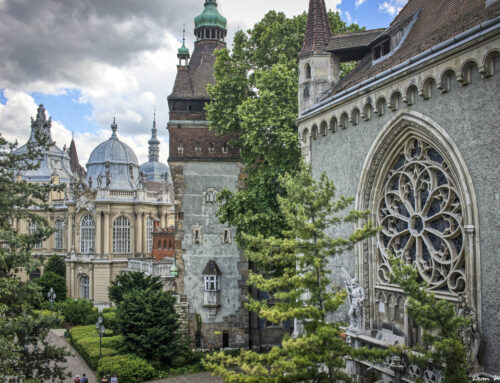
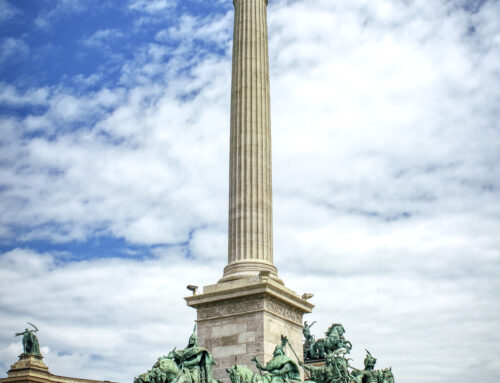
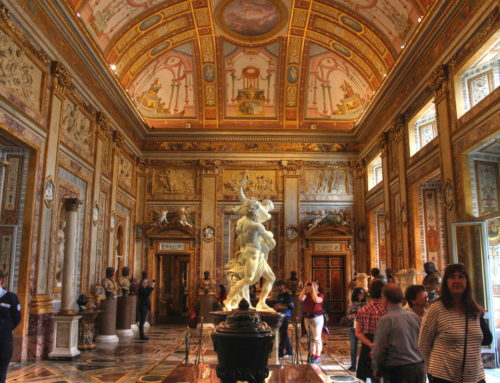
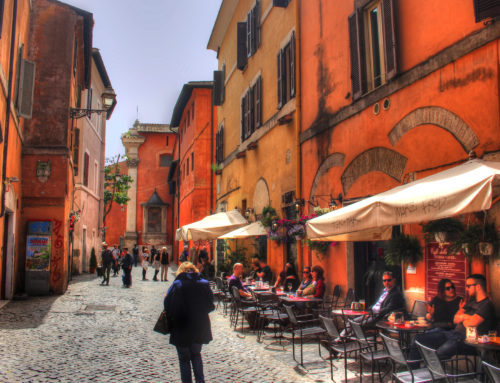
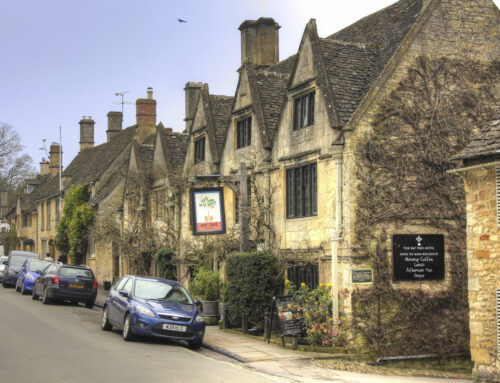
Thank you for this! Archaeology features far too rarely on travel blogs.
[…] 5 fascinating archaeological sites [Vietnam and Cambodia] The Road to Anywhere […]